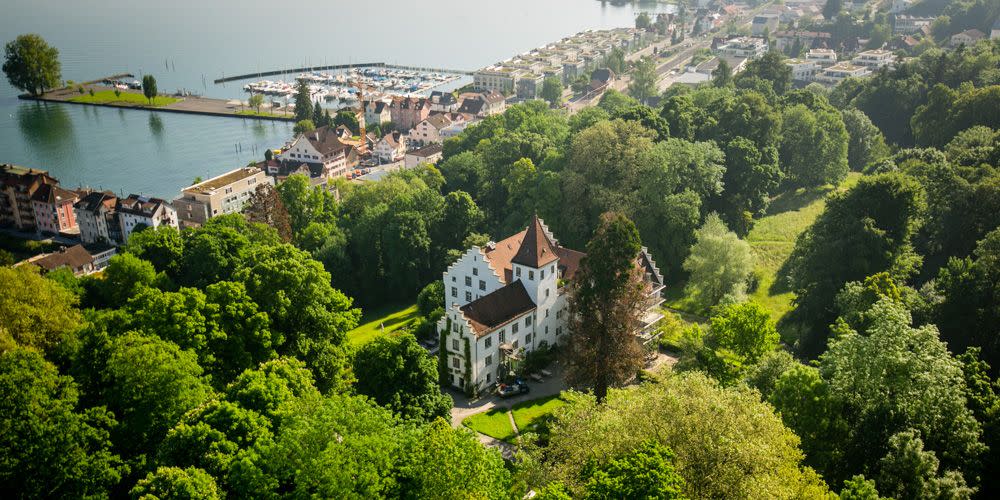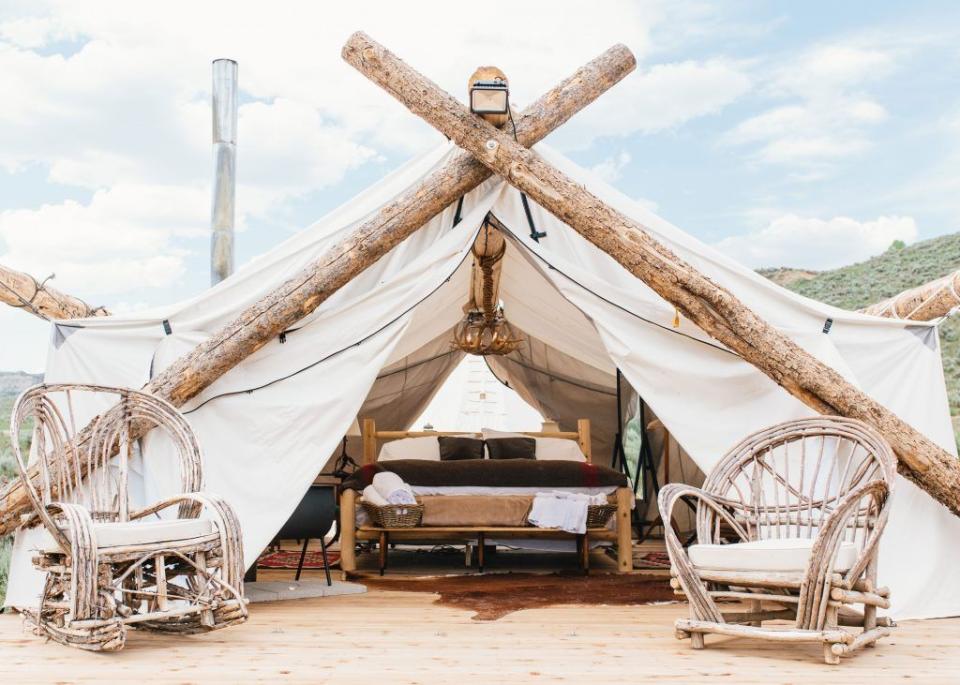How sustainable ‘zero’ travel hit the mainstream

For those lamenting a now defunct summer holiday, the suggestion that plane-free skies are a positive thing can be a hard pill to swallow. Yet from home working to heading online fora culture hit, Covid has proved to be a powerful accelerator of trends that were waiting in the wings.
As a generation of sustainable-conscious travellers, we’re becoming increasingly clued up. We meet green claims with suspicion, and turn to measurable tools such as Atmosfair, which calculates individual flight emissions, and the Oroeco app, which gamifies the process of choosing greener options. As businesses balk at the return to flying long haul for a single face-to-face meeting, perhaps we’re admitting that the old numbers don’t quite add up.
Experts predict that many who are musing on their relationship with travel will pivot to the ‘one big holiday’, and it’s largely the firms who run these adventurous, once-in-a-lifetime trips that are leading the way. Responsible tourism pioneer Intrepid Travel will score a world first when it goes beyond its decade of net-zero emissions to become climate positive by the end of the year, offsetting more carbon than it emits.

Crowdfunded carbon-offsetting platform Cool Effect allows you to donate to global projects that have been vetted by its team of scientists and financial analysts, and also offers ‘Clear the Year’ annual zero reset gift vouchers. Natural Habitat Adventures, too, has pledged to offset travellers’ entire lives for a year, if you book one of its Climate Change & Our Wild World trips, conceived to mark its 35th anniversary. The operator also launched the world’s first zero-waste tour last year, which left trekkers with enough rubbish to fit neatly into a small container.
We’re also increasingly aware of a second ‘hidden footprint’ on holiday: the food we eat once there. As the zero-waste restaurant has entered the zeitgeist so, too, has the ‘zero-kilometre’ kitchen, which sources all its ingredients within a remarkably tight radius.
Though resourceful estates such as The Newt in Somerset and Michelin-starred gastropub The Black Swan at Oldstead are producing most of their ingredients onsite, Europe’s verdant heart is home to much of the movement. Central Italy, considered its epicentre, was already enjoying a booming agriturismo trade, credited with inspiring a counter-flow of young Italians to the countryside to supply exacting consumers with the artisanal, seasonal produce sought by top restaurants.
In the country’s Dolomites, ex-Noma chef Oliver Piras and wife Alessandra Del Favero run Michelin-starred restaurant AGA from a zero-kilometre kitchen, as will upcoming luxury villa concept Borgo 69 in Tuscany. A glorified vegetable patch this is not – the culinary system relies on a network of hyper-local suppliers, plus precise conditions to support vineyards, woodland for foraging and open space for grazing animals.
The philosophy has spread into neighbouring Slovenia, spearheaded by celebrated chef Ana Ros at her restaurant Hiša Franko, and to Spain, where new boutique hotel Torre Del Marques in Matarraña will feature an organic, zero-kilometre kitchen alongside 18 rooms.
Switzerland’s Lake Constance is another hub, led by Restaurant Mühle at Kartause Ittingen, a former monastery, and stunning eco-hotel Schloss Wartegg. It’s no coincidence that the environmentally friendly hotspot is also home to the new ‘Zero Real Estate’ concept, a handful of ‘hotel rooms’ so deconstructed that all that’s left is a luxury bed, butler service and a 9,000-strong waiting list. It may have a specific sort of appeal – though in the age of social distancing, sleeping en plein air makes increasing sense – but the way in which it looks to redefine the old rules feels increasingly timely. For tomorrow’s travellers, maybe less really is more.
This article first appeared in ELLE Decoration August 2020
Like this article? Sign up to our newsletter to get more articles like this delivered straight to your inbox.
Keep your spirits up and subscribe to ELLE Decoration here, so our magazine is delivered direct to your door.

 Yahoo News
Yahoo News 
